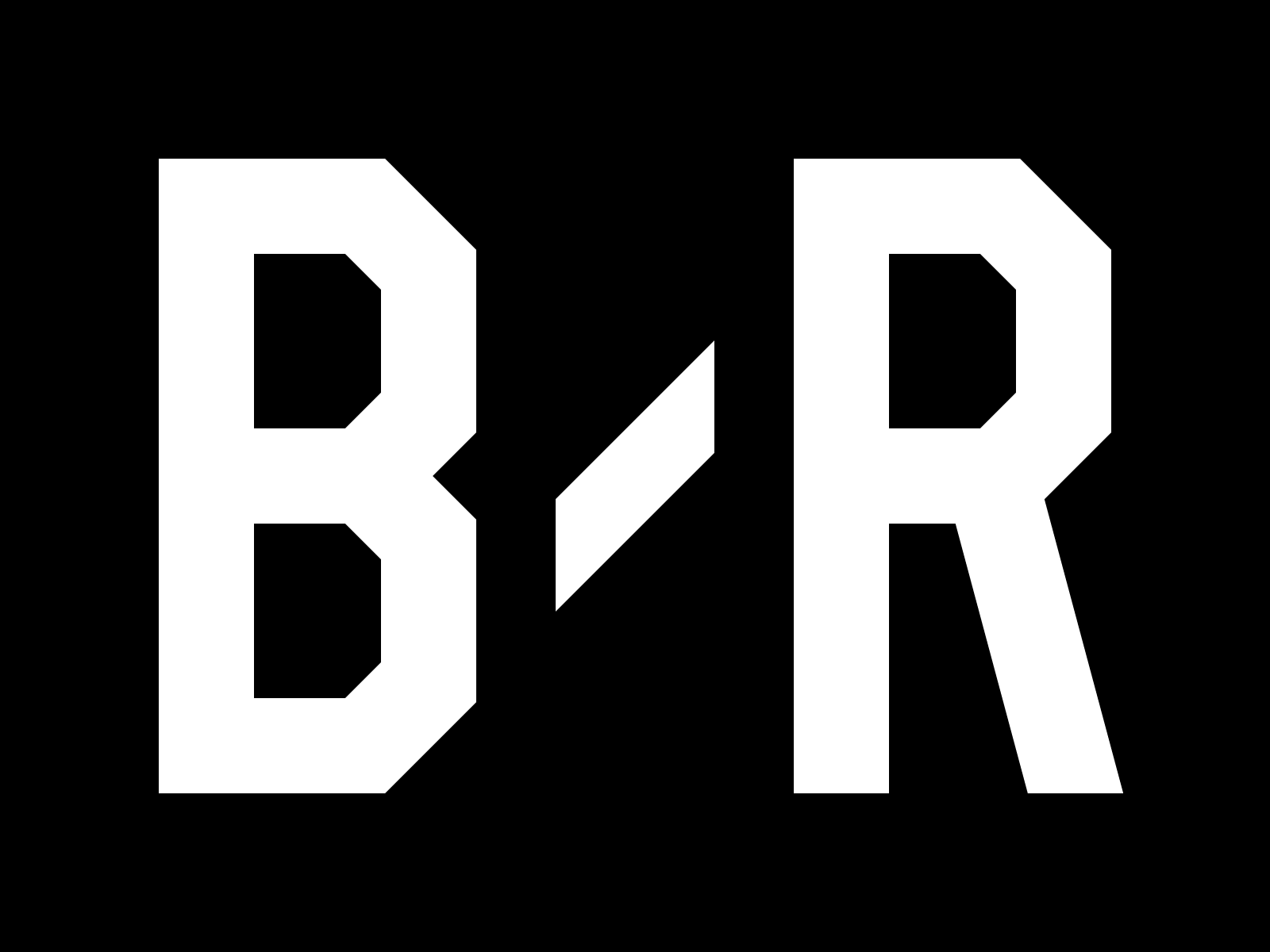Ronda Rousey and Conor McGregor are the UFC's two marquee attractions. Pay-per-view is a star-driven business, and nobody else on the UFC's roster comes close to matching the profile McGregor and Rousey have gained over the last two years.
The numbers bear this out. McGregor and Rousey combined to headline five of the UFC's 13 pay-per-view cards in 2015 and were responsible for 4,625,000 of the year's 7,550,000 total buys. That's a shade over 61 percent of the year's total buyrate.
If UFC President Dana White's statements to ESPN's Max and Marcellus are to be believed, the McGregor-headlined UFC 196 card blew away even those high numbers with a buyrate around 1.5 million.
Let's put those numbers in context. The 7.55 million total buys in 2015 marked the promotion's strongest year on pay-per-view since 2010, when it sold 8.805 million units.
The UFC's pay-per-view business has changed dramatically since 2010, though. It relies far more heavily on McGregor and Rousey to sell events than it did on any individual fighter in its pay-per-view heyday.

Brock Lesnar and Georges St-Pierre were the UFC's two biggest individual attractions in 2010. They headlined four of the year's 16 shows and combined to sell a total of 3.515 million pay-per-views.
That was just under 40 percent of the year's total, though. The UFC also squeezed a million buys out of the rivalry between Rampage Jackson and Rashad Evans, and shows headlined by Anderson Silva and BJ Penn all went over 500,000 buys. Even the faded star of Chuck Liddell managed to sell 515,000 units against late-notice replacement Rich Franklin after Tito Ortiz bowed out of the rubber match.
As the years passed between 2010 and 2015, the UFC became ever more reliant on a shrinking stable of stars to sell pay-per-views.
Lesnar, formerly the biggest star, fought only once more. Still, 2011 and 2012 were strong years despite injuries to St-Pierre that limited him to two appearances. The combination of Silva and St-Pierre was responsible for 29 percent and 35 percent, respectively, of the UFC's total buys in those years.
Superficially, 2013 was another strong year, but it highlighted the extent to which the UFC had come to rely almost completely on its two biggest stars to sell pay-per-views. Silva and St-Pierre headlined four of the year's 13 shows and combined to sell 52 percent of the year's total.
Disaster struck in 2014. Without Silva and St-Pierre—the former lost due to severe injury and the latter retired—the UFC sold only 3.2 million pay-per-views in 12 events. The year's biggest show was headlined by Chris Weidman and Lyoto Machida and sold only 545,000 units. For comparison, that would have been in the middle of the pack back in 2010.
The 2015 year therefore marked a major rebound. The UFC sold 235 percent of its 2014 total with 7.55 million buys, and it peaked with two shows above the million-buy mark. UFC 189 marked McGregor's emergence as a bona fide attraction and the extensive world tour paid off with 1.2 million buys at UFC 194, while Rousey demolished expectations by selling 600,000, 900,000 and 1.1 million in her three headlining slots.
In essence, the UFC replaced Silva and St-Pierre with Rousey and McGregor. It has recreated its 2013 business model but with even more success. The real difference only becomes clear, however, when you compare 2015 with 2010.
The UFC brand just doesn't sell pay-per-views the way it used to, and it relies on the hard-won name value of its biggest stars to reach the buying public. That name value is partially of the UFC's creation—its PR operation invested tremendous amounts of time in building Rousey and McGregor as stars—but they're now celebrities in their own right, their every move covered by mainstream outlets.
NPR covered McGregor's recent retirement scare. Ronda Rousey went on The Ellen Degeneres Show to talk about life after her loss to Holly Holm. That's true stardom beyond what Silva or St-Pierre ever accomplished, and the public interest in their fights bears that out.
This marks a fundamental change in the UFC's model. It's not in the "selling UFC pay-per-views" business anymore; increasingly, it's in the business of "selling Conor McGregor and Ronda Rousey pay-per-views."
Needless to say, that changes the relationship between the UFC and its star attractions, as the recent brouhaha between McGregor and the promotion bears out. Moreover, we can quantify just how valuable those two fighters are to the UFC.
The eight 2015 pay-per-views not headlined by Rousey and McGregor averaged just over 365,000 buys. Rousey's three 2015 events averaged 900,000, and her return would likely draw north of a million. If she doesn't fight in 2016, which looks increasingly possible, the UFC will be missing out on somewhere north of 600,000 buys.
The rematch between Jon Jones and Daniel Cormier is now slated to headline UFC 200. Their first meeting, driven by a compelling narrative of genuine dislike and the undefeated Cormier's quest to dethrone the unchallenged king, did a respectable 800,000 buys. This was the best mark of Jones' career. Cormier's two subsequent pay-per-views, however, did only 375,000 and 250,000 buys despite well-stocked cards.
Compare that to White's claim of 1.5 million buys for the first fight between McGregor and Nate Diaz and the contrast is clear. Imagine how much bigger a UFC 200 card, with all of the attendant promotion and a stacked undercard, would be. For reference, some 360,000 people watched the Diaz-McGregor press conference. Only 30,000 watched this week's UFC 200 presser without McGregor.
The UFC will surely try to make up this difference with a huge marketing effort and a push to get Jones and Cormier, along with Miesha Tate and Frankie Edgar, placed with mainstream media outlets.
Pay-per-view, of course, is just one aspect of the UFC's business. It's holding steady with its ratings on Fox—per MMA Fighting's Dave Meltzer, the last three events on the major network have all been within spitting distance of the last two years' shows—while making serious progress on Fox Sports 1.
The January event featuring Dominick Cruz and T.J. Dillashaw was the second-biggest UFC show on the network, per Meltzer. The recent Fight Night headlined by Junior Dos Santos and Ben Rothwell more than doubled what last year's Chad Mendes vs. Ricardo Lamas card had done.
There's no escaping the simple fact, however, that Rousey and McGregor are the promotion's bankable pay-per-view stars. Now more than ever, the UFC's consumers are buying stardom rather than the UFC brand when they have to fork over $59.95. This is a shift Silva and St-Pierre embodied back in 2013.
It's just more noticeable now, and Conor McGregor won't let anybody forget it.
All estimates of pay-per-view buys come from MMAPayout.com, which compiles totals in its Pay-Per-View Blue Book from Dave Meltzer's subscription Wrestling Observer Newsletter with Meltzer's permission.





Read 0 Comments
Download the app for comments Get the B/R app to join the conversation